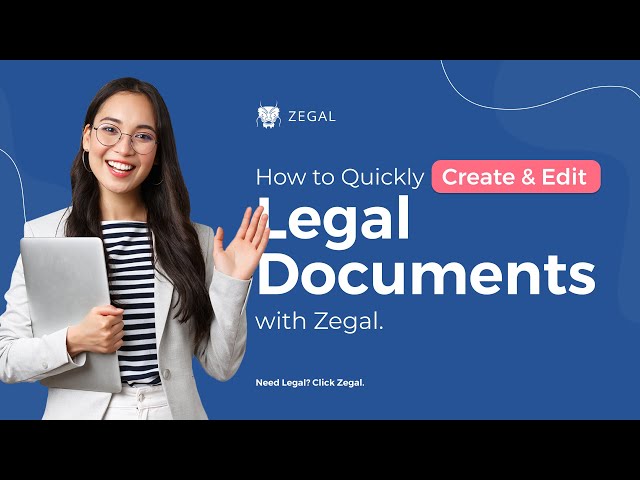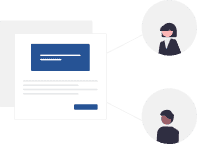How to generate a Software End User Licence Agreement
Software End User Licence Agreement
A “Software End User License Agreement” (EULA) is a legal document that outlines the terms and conditions under which an end user is granted the right to use a software application or program. It defines the rights and restrictions associated with the use of the software.
What is the purpose of a Software End User Licence Agreement?
The purpose of a Software EULA is to establish a legally binding agreement between the software developer or owner (licensor) and the end user (licensee) regarding the use of the software. It specifies the rights granted to the end user, any limitations or restrictions on the use of the software, and the responsibilities and liabilities of both parties.
When should you use a Software End User Licence Agreement?
This document is typically used when distributing or selling software applications to end users. It is commonly employed in the software industry for both commercial software products and software that is provided free of charge. The EULA is usually presented to the end user during the installation or setup process of the software.
What are the components of a Software End User Licence Agreement?
The components of a Software End User License Agreement may include:
- Parties: The names and contact information of the software licensor and the end user licensee.
- Grant of License: A clause specifying the rights granted to the end user, such as the right to install and use the software on specific devices.
- Scope of Use: The limitations and restrictions on the use of the software, including any prohibitions on copying, modifying, or distributing the software.
- Intellectual Property: Clauses addressing the ownership of the software and any intellectual property rights associated with it.
- Payment and Fees: If applicable, details about the pricing, payment terms, and any recurring fees associated with the software.
- Support and Maintenance: Any obligations or provisions regarding technical support, updates, or ongoing maintenance of the software.
- Warranty and Liability: The disclaimers of warranties, limitations of liability, and any indemnification provisions related to the software.
- Termination: Conditions and consequences for terminating the license agreement, including provisions for breach of terms or non-compliance.
- Governing Law and Jurisdiction: The governing law and jurisdiction that will apply in case of disputes.
- Acceptance: A clause indicating that the end user’s use of the software constitutes acceptance of the terms and conditions of the EULA.
Who can be members of a Software End User Licence Agreement?
The members of the Software End User License Agreement are the software licensor (developer or owner) and the end user licensee. They are the primary parties involved in establishing the licensing relationship and assuming the respective rights and obligations outlined in the agreement. Legal advisors or representatives may also be involved in reviewing and finalizing the agreement to ensure its compliance with applicable laws and regulations.
Stay compliant with the Zegal template library
Zegal legal template are meticulously crafted with the precision of AI and the expertise of seasoned human lawyers, providing a unique blend of speed and reliability.
You can trust that Zegal agreements are legally sound and fully compliant with current regulations.
Whether you're a startup, SME, or a larger enterprise, Zegal contract management will automate and speed up your legal processes.
Using Zegal will reduce risk, save money, and improve efficiency. Let us take care of the paperwork so you can focus on running your business.
Don’t compromise on speed or compliance. Stay secure, compliant, and efficient with Zegal.





